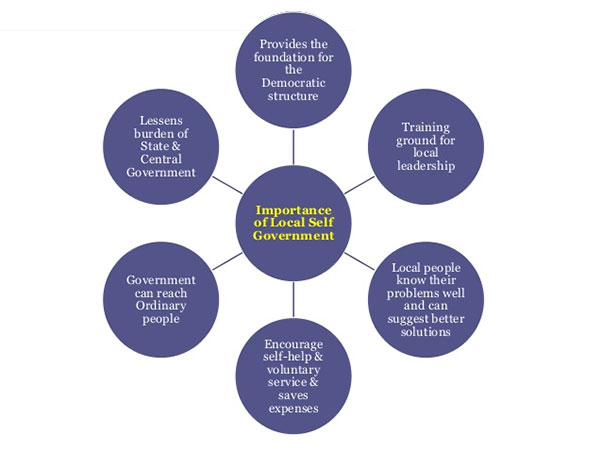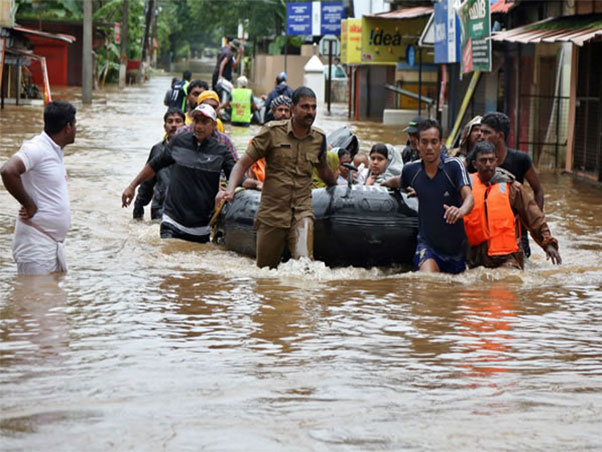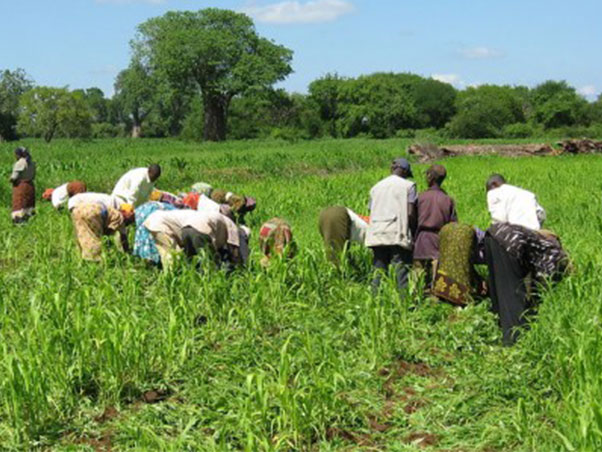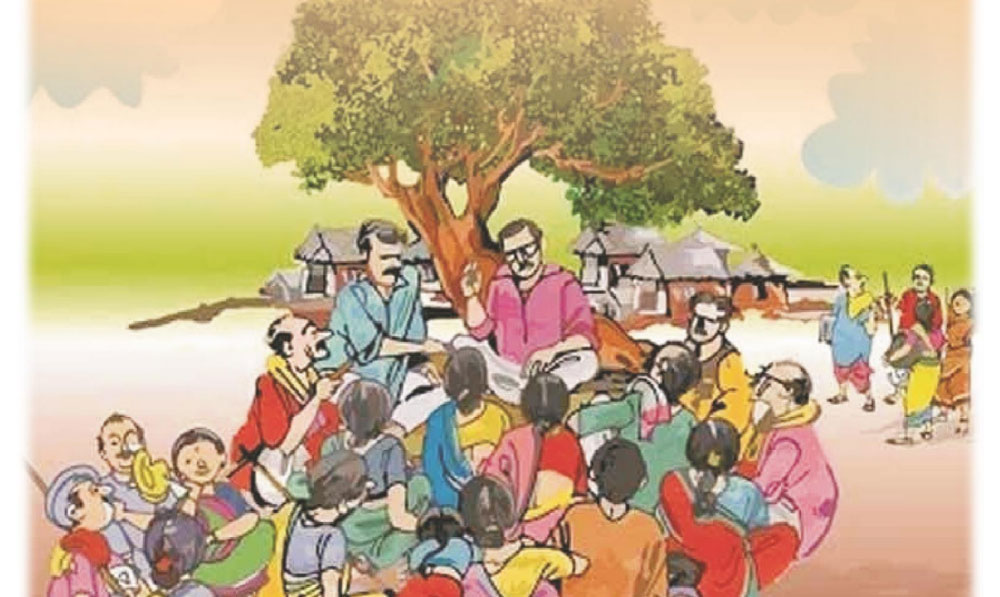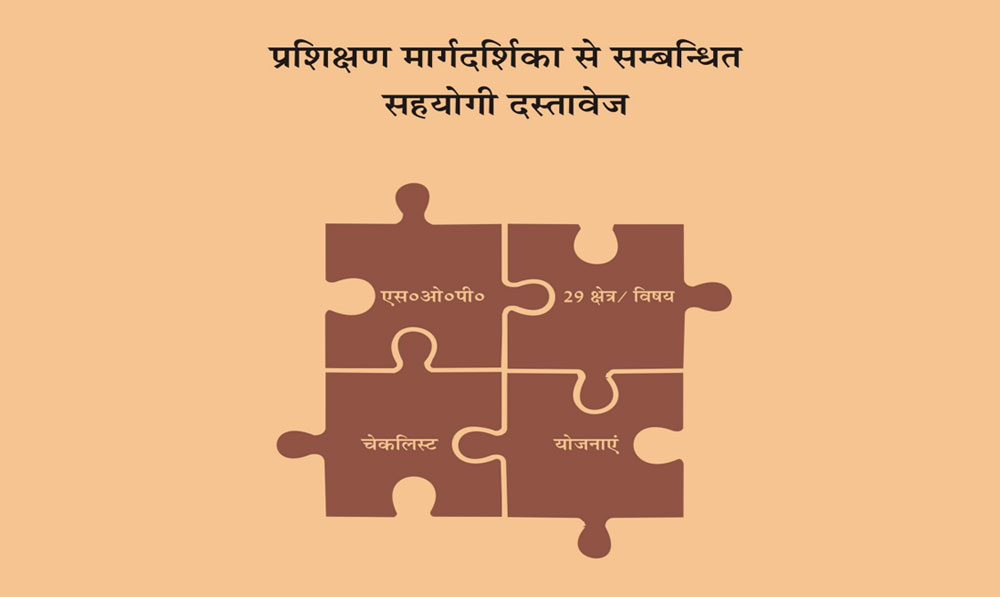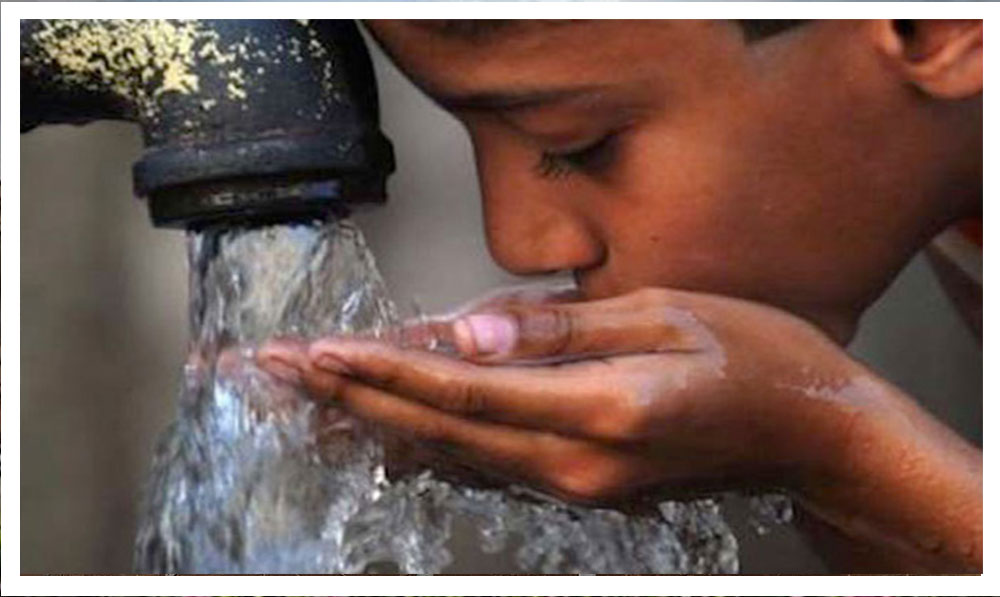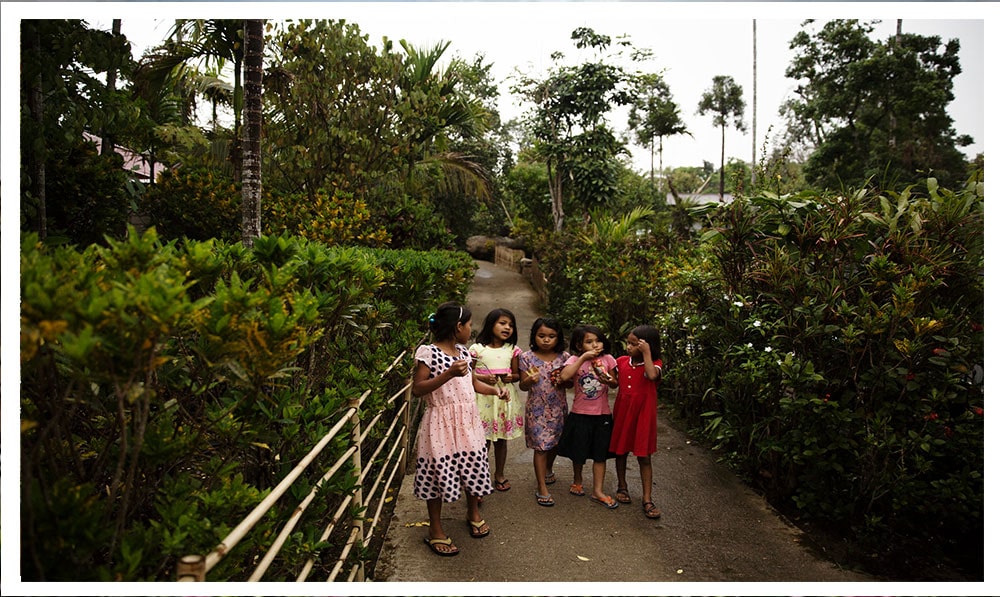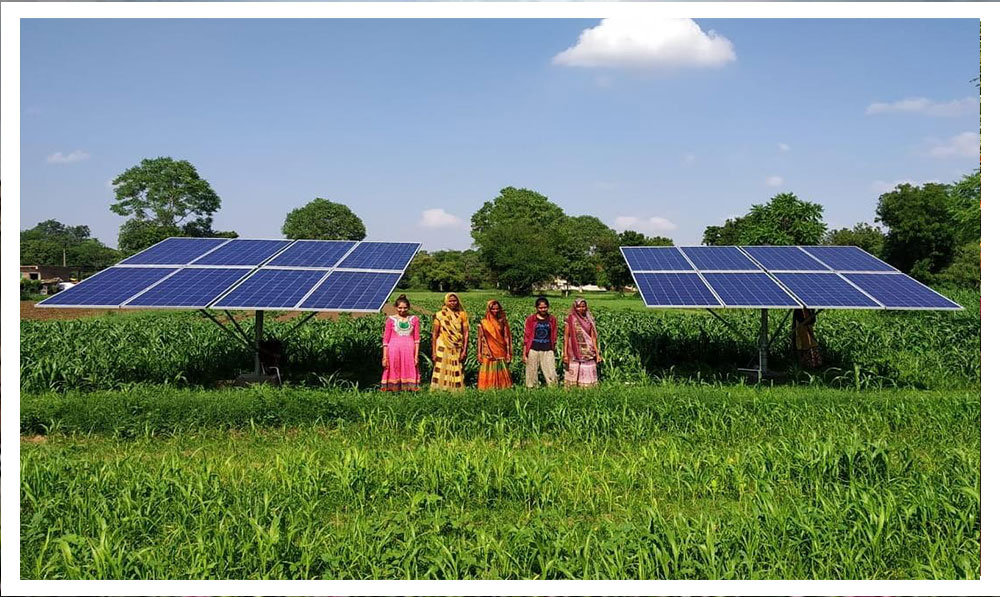Panchayatiraj
ABOUT
The Gram Sabha is conceived as the basis of the Panchayat Raj System to execute functions and powers linked to local governance in the 73rd Amendment, which acknowledges and reemphasizes the village as a unit of administration and political decision-making. A list of issues to be placed under the jurisdiction of Panchayats was also given. Land improvement, land consolidation, soil conservation, water management, social forestry, minor forest produce, non-conventional energy sources, sanitation, and asset maintenance are among the 29 subjects mentioned in the Eleventh Schedule related to the environment and sustainability. Governments worldwide are working to make the villages more climate-resilient, focusing on the villages as the production unit to produce more food and other agricultural products sustainably while improving resistance to extreme weather events occurring to climate change.


